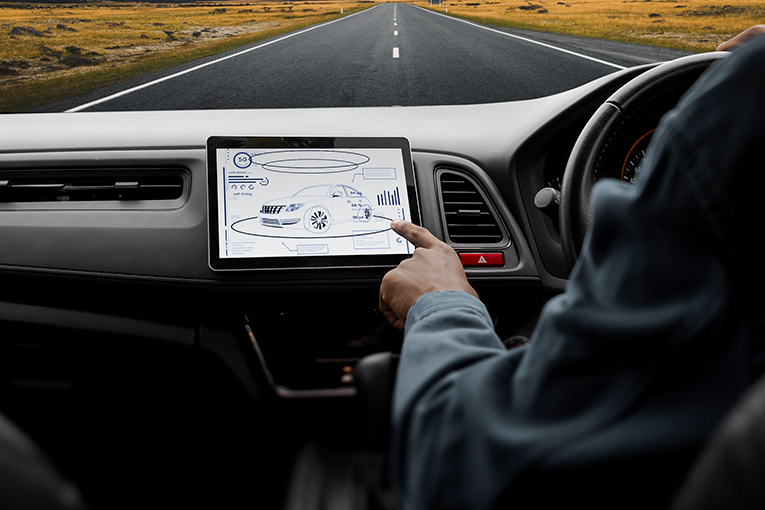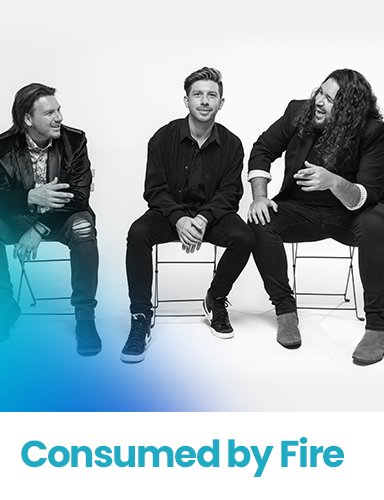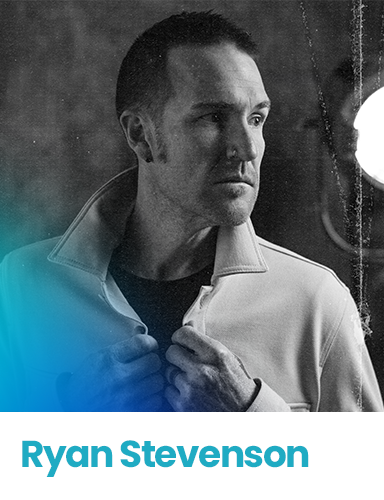
I’m In Love With My Car Dashboard
Ask any automaker about their focus and they’ll point to the dashboard. As this century has rolled on, the driver experience has been foremost for designers and engineers. Terms like the “cockpit” and the “cabin” are front and center. And whether buyers are trepidatious about in-dash technology or they revel in it, the OEMs (original equipment manufacturers) are investing substantial resources into what surrounds the driver. . .and her passengers.
And for good reason. This technology sells cars. If you could be the proverbial fly on the wall at dealerships all over the country, potential buyers are buzzing about dashboard features. And to provide JacoBLOG readers with a backstage look at what’s next for car interiors, I’ve got capsule summaries of what’s new, what’s next, and what might be around the corner.
So, buckle up and let’s take this baby out for a test drive.
A virtual meeting in your car – Of course, many of us are improvising Zoom, Teams, or other online meeting platforms in our cars on a mobile phone. It’s dangerous, of course, if you’re looking at the screen, but to participate with audio is a way to make optimal use of that long drive “up north” or wherever you happen to be driving. Those of you who follow our CES adventures—or tour with us—know this next “use case” for car dashboards has been in the offing for some time now.
Now Mercedes Benz is making it official. A CBT News story reports how M-B is now collaborating with Microsoft and their Teams platform to bring your staff into your car—virtually, of course. The enhanced version of virtual meetings is the first to enable use of a camera while the vehicle is moving—without the dangers of driver distraction.
 This new platform lets participants see the driver (road rage face and all) while the drivers cannot see other participants or shared screens while the car is in motion. An expanded chat function can read or write messages via voice control.
This new platform lets participants see the driver (road rage face and all) while the drivers cannot see other participants or shared screens while the car is in motion. An expanded chat function can read or write messages via voice control.
Mercedes-Benz is also raising the bar with Microsoft Intune² integration which they call an “enterprise-compliant ecosystem for the future of mobile work.” (Let that one sink in.) In an extension of their auto-collab, M-B and Microsoft are working on an in-dash integration of Microsoft 365 Copilot4, thus turning the car into that “third workspace,” beyond the home and the office.
Hopefully, there will be the ability for a radio to play in the background. Actually, hopefully there will be a radio in these vehicles.
Expect more upscale OEMs to follow suit.
Not so fast, Apple – For years now, Apple and Google have been ensconced in a dashboard drag race for dominance. Apple won the important Round 1 as Apple CarPlay has proved to be immensely more popular (at least in the U.S.) than Google’s Android Auto.
Now both tech mega-giants are at it with the next level Android Automotive and CarPlay Ultra (hard to believe neither included a “+” in these brands). I talked about Apple’s system earlier this year, at the time, only available in “ultra” expensive Aston Martins.
A story by Jalopnik’s Nicholas Werner reports the OEM embrace for Ultra has been tepid, at best. While Apple announced a number of automakers jumping on board at the company’s 2022 Worldwide Developers Conference, there have been some changes of heart.
Apparently, Jaguar Land Rover is thinking about it, while Ford, Nissan and Infiniti are taking the “no comment” route. Werner suspects these “cold feet” responses may be due to these OEMs trying to differentiate their user experiences, rather than having to take the “me, too” road.

And of course, there’s the matter of dashboard revenue derived from the data these systems produce, not to mention money earned from optional features—or FaaS.
Jalopnik reports some of the interplay between protective OEMs and Cupertino has gotten terse at times. They write that a Renault exec even went so far as to warn Apple, “Don’t try to invade our own systems.”
Ouch. It’s getting a little warm in here.
“Hey, Siri, turn up the AC, please.”
When in doubt, go retro – As every other automaker is racing to the future, Pioneer is going the nostalgia route. After all, they’re a retro brand to begin with.
Now, this ’80s-inspired radio is trying to make a dent in the after-market dashboard race. A story in Autopian by Thomas Hundal reports on an old school-looking unit with modern features, including Bluetooth and a USB port. A fake cassette door hides these features, preserving the unit’s retro facade.

You might think Pioneer would be all alone in the nostalgia dashboard end zone. But you’d be wrong.
It turns out a very well-respected audio brand, Blaupunkt, is traveling at high speeds down the same road. Their new entry has similar features and a very “back to the future look.” Not surprisingly, it’s pricey—$500 for the privilege of your dashboard looking ’80s-chic.

“I predicted this!” – That’s what they all say. But it turns out that 25 years ago, Radio & Records’ Jeff Axelrod was writing about the “Internet car” and other external threats to in-vehicle radio listening.
This screen grab from R&R’s August 20, 1999 issue provides a credible and insightful analysis of radio’s future in the car with the addition of Internet and satellite delivered audio.
Jeff’s last paragraph is a stunner:
“So for now the ‘Internet car’ is at least a year away, but it’s a development we’ll be watching. How many ears will it grab? How many dollars? And how can radio prepare? Now is the time to start thinking about it.”
Indeed.
Here’s his sharp analysis:

And the most important dashboard feature is. . . – For a question of this type, you’d likely turn to tech authorities. So I turned to Wired.
Earlier this month, reporter Carlton Reid settled the dispute when he filed this story:
“What Makes a Car Loveable? It’s Not the Tech, It’s the Cup Holders”
According to 100,000 buyers of 2025 model vehicles in a recent J.D. Power study, the top source of new car angst and aggravation doesn’t have to do with Bluetooth or the lack of hard button and switches.
It is “cup holder frustration”—and it’s a growing problem.
And it’s nothing new. J.D. Power has warned OEMs in the past that drivers gripe and grouse about cup holders that are too small, poorly located, or horribly engineered especially in this age of mega Stanley and Yeti containers.
And apparently, cup holder complaints can be compounding. The Wired story quotes Nissan’s senior manger of vehicle performance development, Chris Fischer:
“That cup holders work well is important to customer satisfaction. It’s a key decider when buying a car. . .. If they’re mad about a touchpoint every day, it’ll sour their desire to want this vehicle again.”
That’s why more and more automakers are going out of their way to include more and better cup and bottle holders. In Subaru’s Ascent SUV there are 19—count ’em, 19—beverage holders, some of which are nicely hidden.

Wired’s Reid explains the utilitarian minivan started this cupholder obsession way back in the ’80s. But the actual invention of this “technology” dates back to 1953 and Texas inventor Burnard W. Byford’s “automobile seat article holder” who snagged the first patent.
The Wired story provides all the background you’d ever need on the design and evolution of this in-car convenience.
So, put all those tech trappings in the proper perspective. Of course, they matter. But so does the basic conveniences that make life comfortable for drivers and passengers.
As dashboard technology advances and evolves, let’s hope radio continues to provide the soundtrack.






















































































































